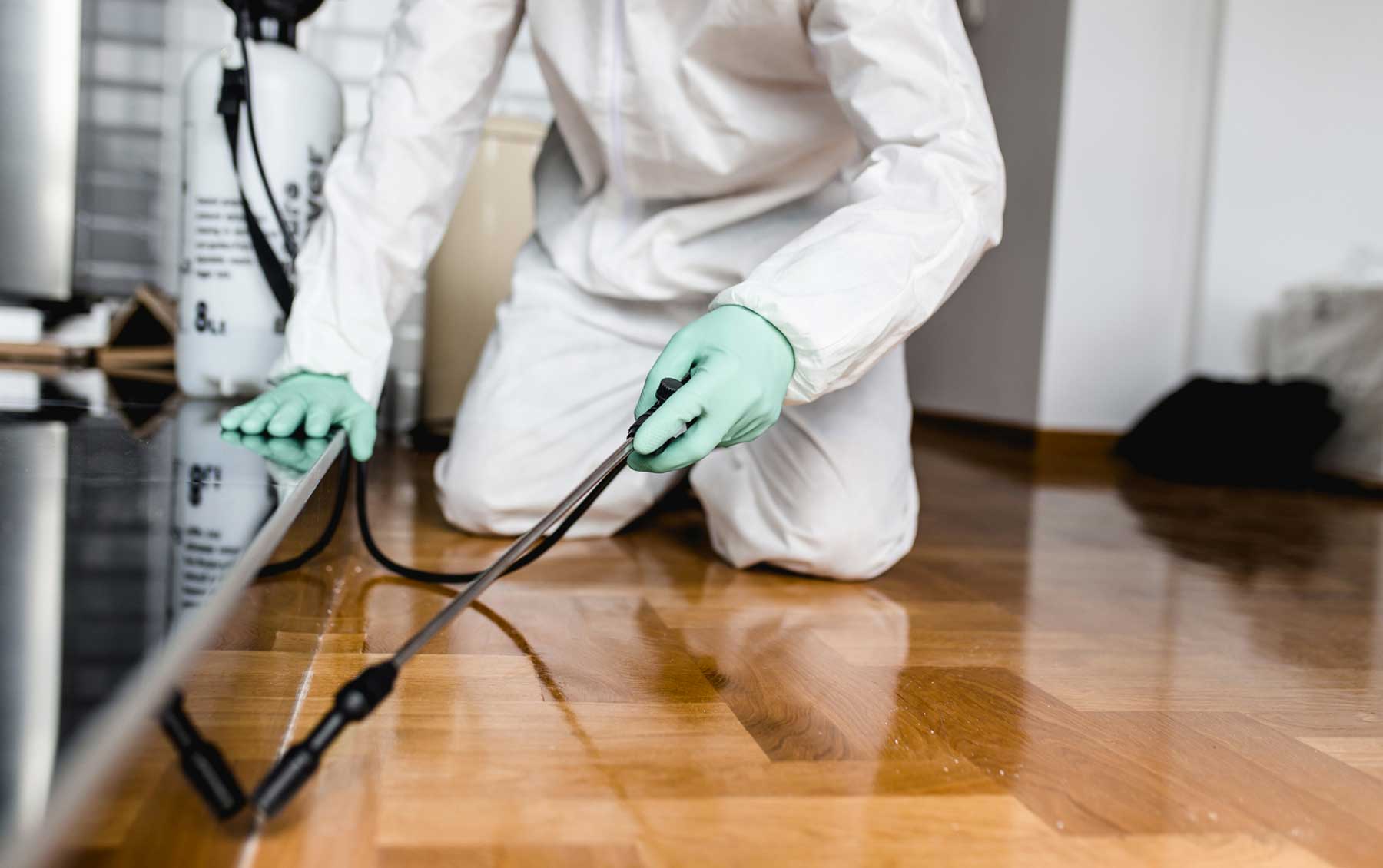Effective Bed Bug Treatment: Remove Infestations Securely!
Effective Bed Bug Treatment: Remove Infestations Securely!
Blog Article
Expert Pest Control Techniques for Long-Term Results
Professional parasite control strategies encapsulate an extensive approach that starts with a complete inspection and assessment, complied with by exact parasite recognition to recognize their actions patterns. The application of Integrated Bug Management (IPM) concepts, paired with eco-conscious therapies, develops the keystone of sustainable bug eradication.
Examination and Evaluation
Upon getting in a residential property for parasite control services, the first step is a detailed evaluation and analysis to determine the level of the infestation and determine the most reliable treatment plan. Expert pest control service technicians are educated to thoroughly analyze the facilities, seeking signs of pest task such as droppings, nibble marks, nests, or any structural damages. They will additionally assess the conditions that might be attracting pests, such as food sources, water leaks, or access factors.

Insect Recognition and Behavior

Furthermore, comprehending the actions of the recognized bug is vital to carrying out reliable control measures. Knowing where pests nest, what they feed on, and their activity patterns can help pest control professionals devise strategies to remove them effectively.
Integrated Pest Administration (IPM)
Integrated Parasite Monitoring (IPM) approaches incorporate multiple methods to manage and stop insect infestations in a lasting and eco-friendly way. exterminator. By incorporating methods such as biological control, environment control, alteration of cultural practices, and making use of resistant ranges, IPM intends to decrease using chemical pesticides
Among the vital concepts of IPM is the emphasis on avoidance. This positive strategy involves surveillance pest populations consistently to spot any kind of possible issues before they intensify. By recognizing insect issues early, pest control procedures can be carried out quickly and properly.
Furthermore, IPM advertises the use of safe parasite control approaches whenever feasible. This can include using all-natural killers of the insects, introducing advantageous insects, or utilizing scents to disrupt mating patterns. By minimizing reliance on chemical pesticides, IPM not only safeguards the setting however additionally aids keep a balance pest control in the community.
Environmentally-Friendly Therapies
Implementing eco-conscious approaches in pest control treatments can successfully deal with infestations while focusing on environmental sustainability. Environmentally-friendly treatments focus on reducing the effect of insect control techniques on ecological communities, non-target organisms, and human wellness.
Another key element of environmentally-friendly therapies is making use of organic and naturally degradable products that damage down swiftly without leaving hazardous residues in the environment. Herb insecticides derived from plants like chrysanthemums or neem provide effective bug control while posturing minimal danger to non-target varieties. Employing methods like warmth therapies or scent catches can target specific insects with accuracy, decreasing the overall ecological influence of insect control methods.
Ongoing Tracking and Upkeep
Routine examinations by skilled specialists are required to determine any kind of indicators of parasite task, evaluate the performance of previous therapies, and make adjustments to the bug control strategy as required. By keeping an eye on parasite populations over time, parasite control specialists can track trends, expect potential issues, and carry out precautionary procedures to decrease the risk of future infestations.
Along with surveillance, maintenance methods are essential for long-lasting pest control success. This includes implementing appropriate sanitation procedures to get rid of possible food and water sources for pests, sealing access indicate prevent insects from entering the facilities, and resolving any kind of architectural problems that can assist in bug invasions (pest control). By including ongoing surveillance and maintenance into an integrated bug monitoring approach, businesses can make sure a pest-free setting and safeguard their residential property against expensive damage and health threats
Verdict
Finally, making use of professional bug control techniques such as complete examination and evaluation, precise pest identification and understanding of their habits, incorporated insect administration techniques, environmentally-friendly therapies, and recurring surveillance and upkeep are vital for accomplishing long-lasting cause parasite control. By implementing these methods, individuals can efficiently take care of bug problems and maintain a pest-free setting in a lasting manner.
Report this page